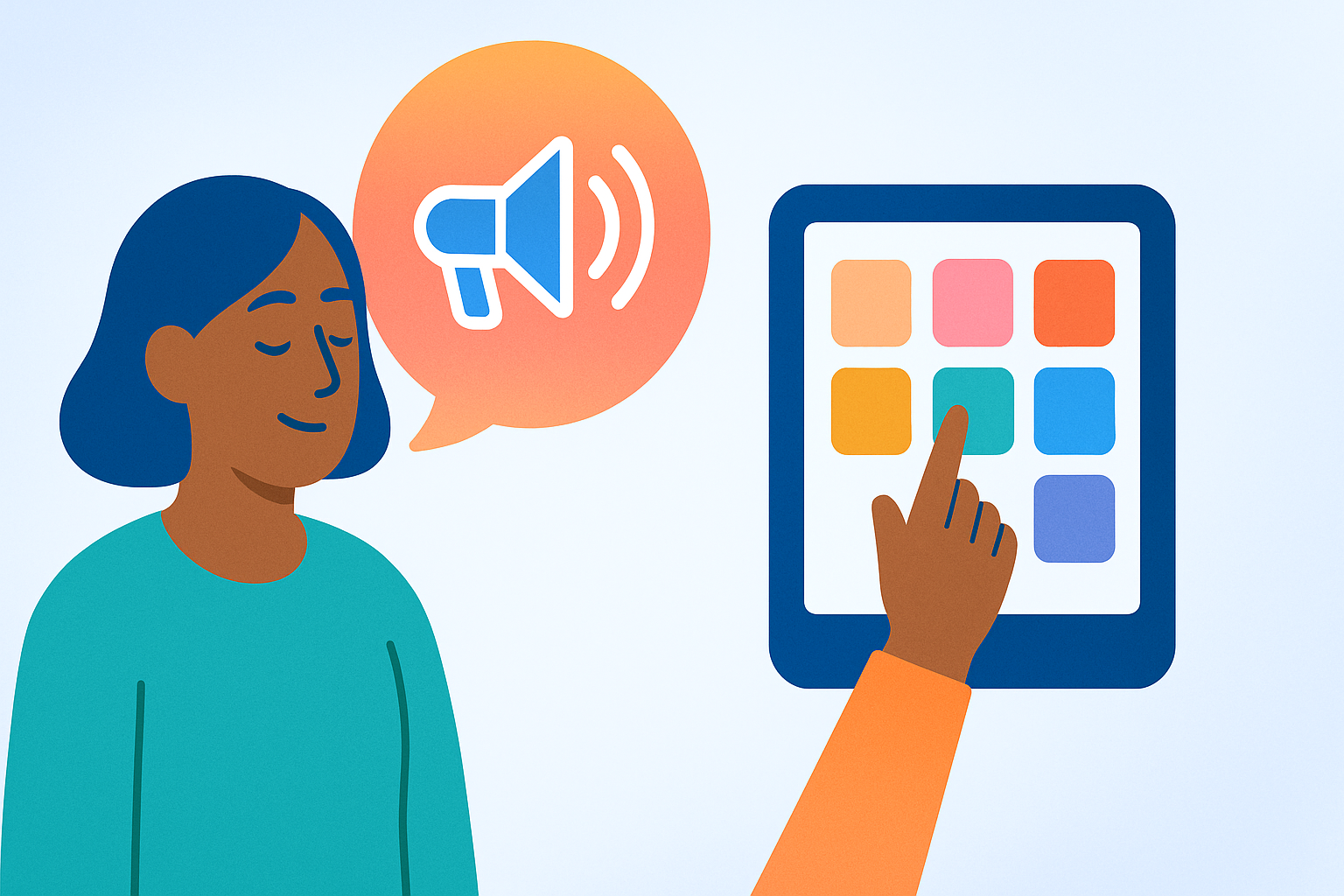


Augmentative and Alternative Communication (AAC) Devices, also known as speech-generating devices or communication aids, support individuals who have difficulty speaking or writing. These tools enable users to express themselves through symbols, text, or synthesized speech, enhancing communication in daily life and work environments. AAC devices range from simple picture boards to advanced electronic systems, helping people with speech impairments caused by conditions like cerebral palsy, autism, stroke, or ALS. By providing alternative ways to communicate, AAC devices improve social interaction, independence, and participation in educational or professional settings.
Begin by selecting an AAC device that fits the user’s specific communication needs and abilities. Customize vocabulary and settings to match daily contexts. Train users and caregivers on operating the device, encouraging regular practice for fluency. Keep the device charged and clean, and update software when available. Regularly assess the user’s progress and adjust features to improve communication efficiency and comfort.
Disclo streamlines requests, documentation, and tracking for Augmentative and Alternative Communication (AAC) Devices, so HR teams and employees spend less time on paperwork and more time working productively.
